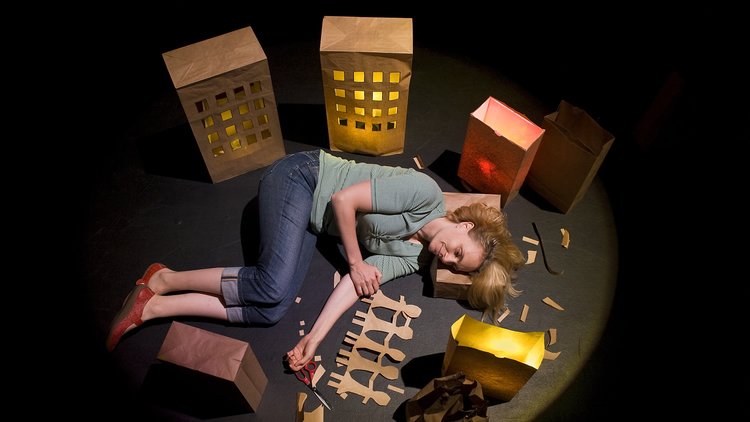Rainbow Water Wheel
You will need:
How to:
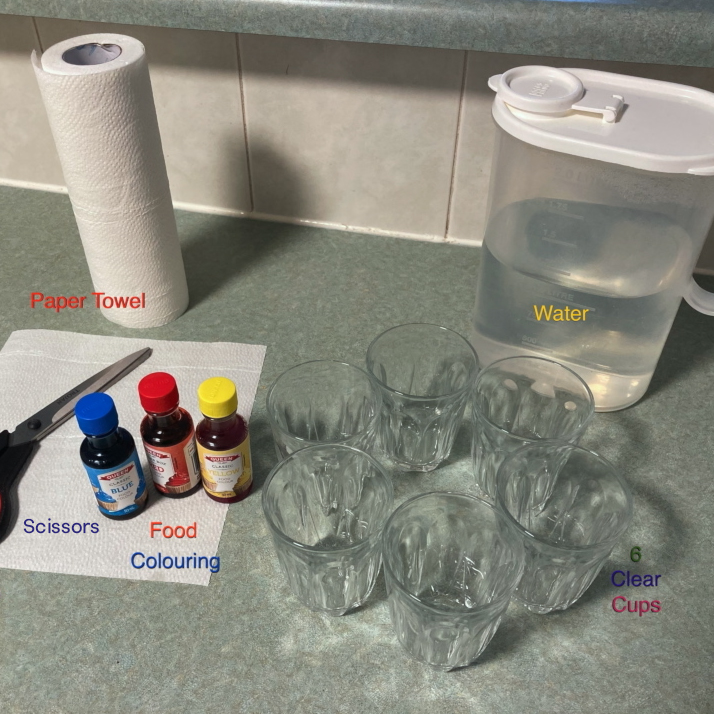
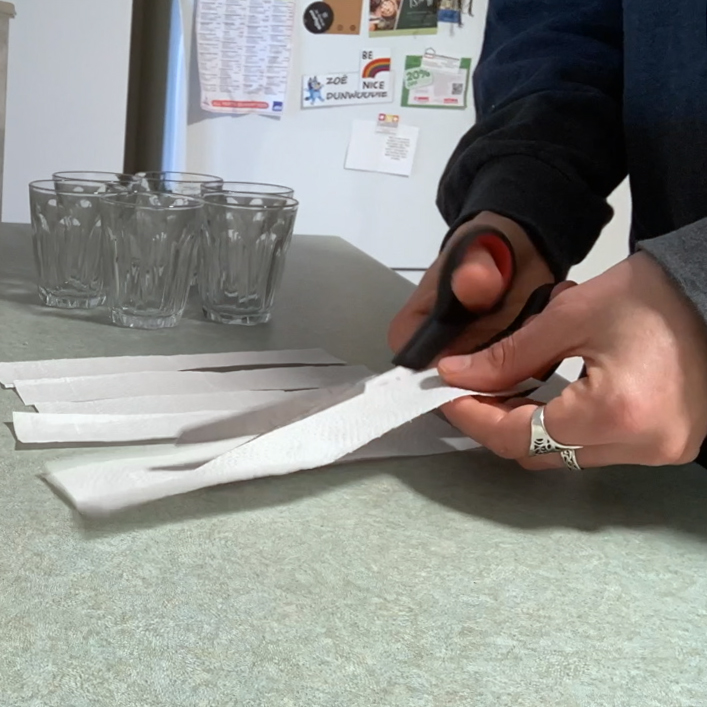







Reflect and Extend
.jpeg)
Science at work: Capillary Action
Trial and Error
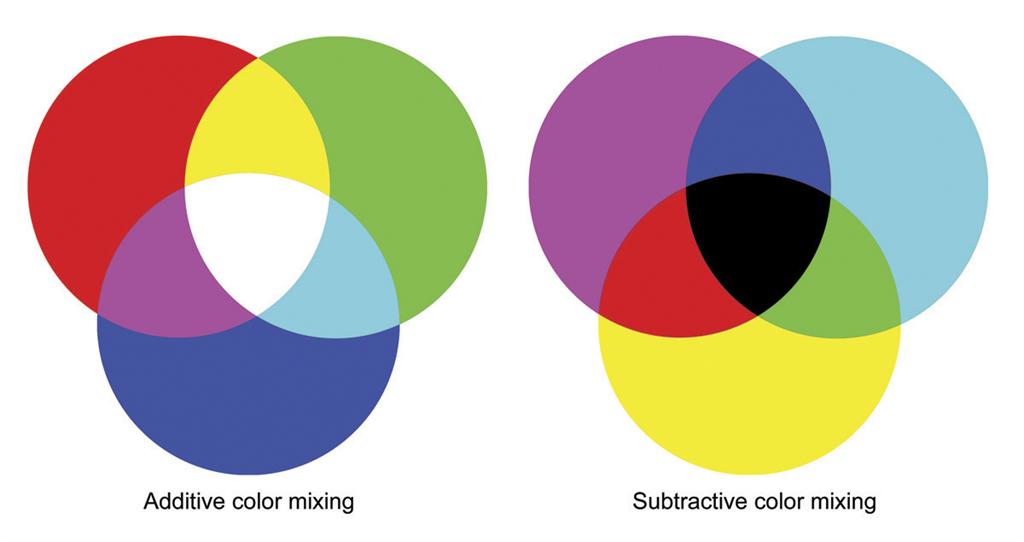
Learn more: Light, Pigment and Primary Colours
Early Years Questacon Science Time: Colour and Light
Curriculum Connections
More activities to try
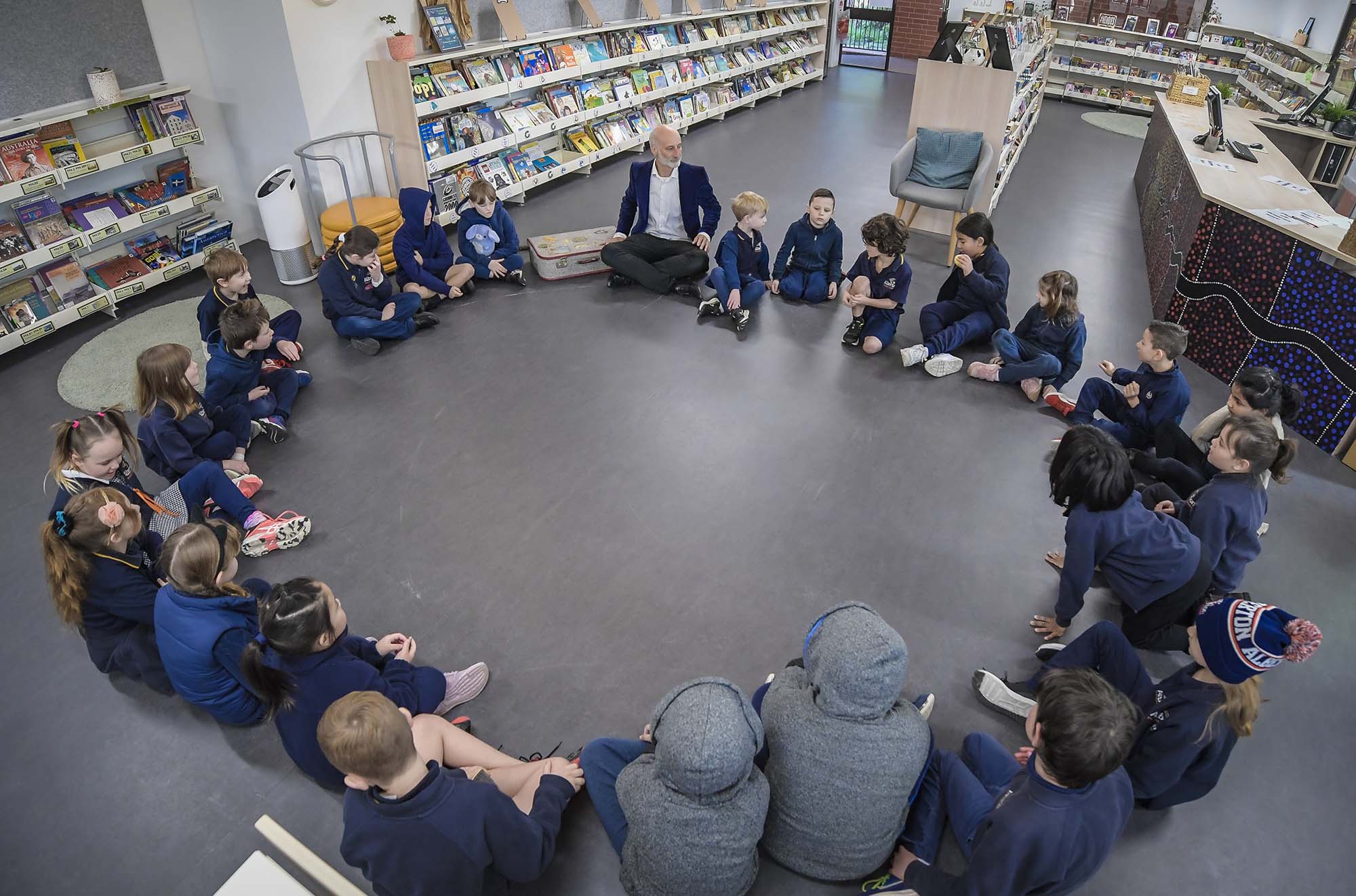
Finding Connections
Inspire children to find connections within the eco-system and between their classmates in this engaging classroom activity.
Try It
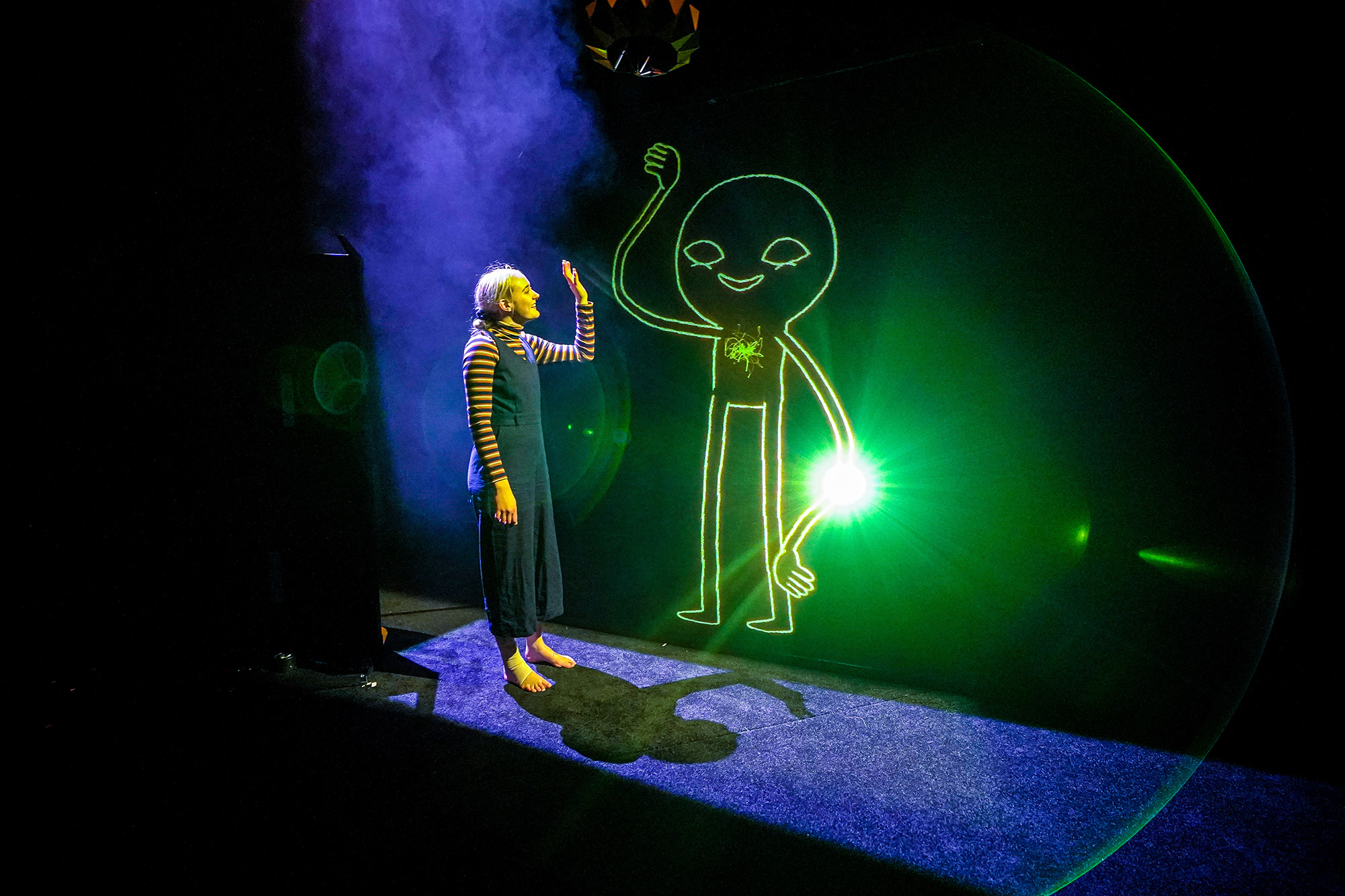
Behind the Creation of ZOOOM
Learn about the inspiration and creative process behind our multi-award-winning show ZOOOM from Artistic Director Geoff Cobham.
Try It
.png)
Animal Shadow Dance Party
Turn your classroom (or your lounge room) into a shadow dance party with a few simple steps.
Try It
